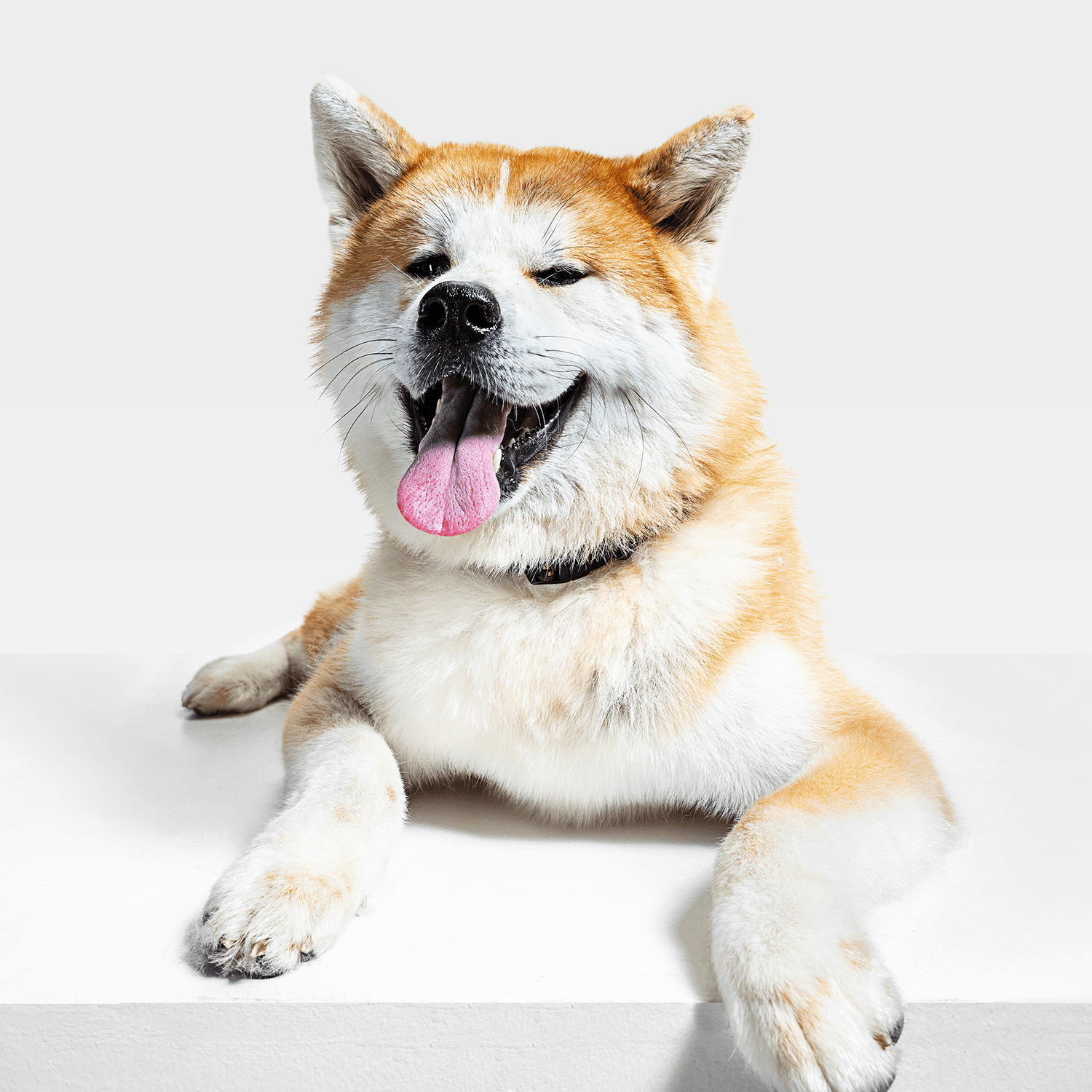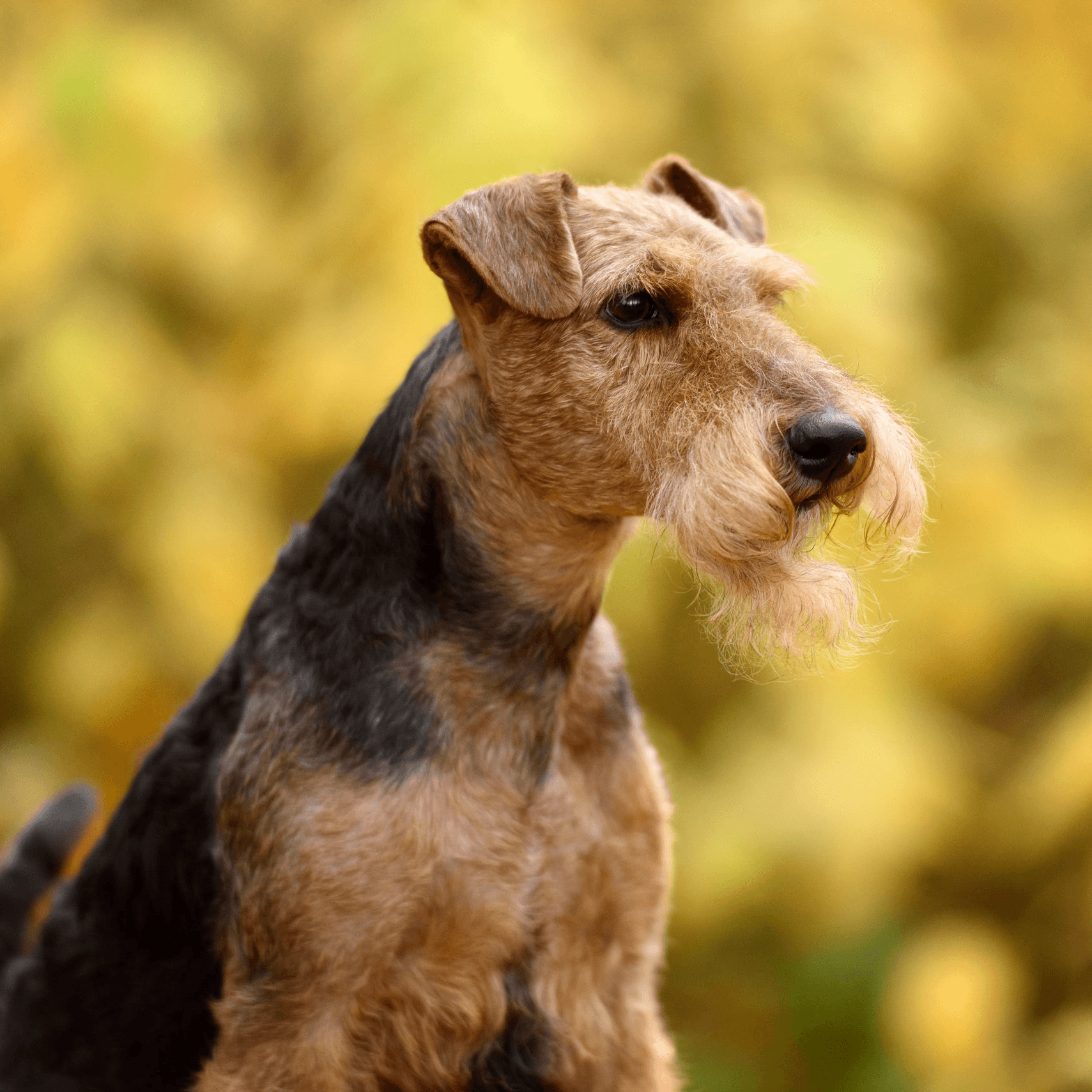Alaskan Malamute: The Strong and Loyal Sled Dog
Introduction
The Alaskan Malamute is a large and powerful breed with a rich history rooted in the Arctic regions. Developed by the native Inuit tribe known as the Mahlemuts in Alaska, these dogs were bred to haul heavy freight and assist with hunting in harsh, cold environments. Unlike racing sled dogs, which are built for speed, Malamutes were designed for endurance and strength, making them indispensable for long journeys across the icy terrain.
This breed's resilience, coupled with its loyalty and affectionate nature, has made the Alaskan Malamute a beloved companion. Recognized by the American Kennel Club (AKC) in 1935, the Alaskan Malamute is known for its wolf-like appearance, intelligence, and friendly disposition. However, their powerful build and independent nature require a dedicated and experienced owner who can provide the leadership and exercise they need.
Ratings (out of 5):
- Adaptability: 3
- Food Consumption: 4
- Exercise Needs: 5
- Obedience: 3
- Child Tolerance: 4
- Training Ease: 3
Lifestyle and Behavior
Alaskan Malamutes are known for their strength, endurance, and friendly nature. They are social dogs that thrive in environments where they can interact with people and other dogs. Malamutes are pack animals by nature, and they form strong bonds with their families. They are known for their loyalty and affection towards their owners and enjoy being involved in family activities.
These dogs are highly energetic and require plenty of physical activity to keep them happy and healthy. They are not suited for apartment living and do best in homes with large, securely fenced yards where they can run and play. Malamutes are also known for their vocalizations, often "talking" with a range of sounds, including howls, barks, and "woo-woo" sounds.
Malamutes have a strong prey drive and may chase small animals, so it's essential to keep them on a leash or within a securely fenced area when outdoors. Their independent and sometimes stubborn nature means they require consistent training and an owner who can establish themselves as the pack leader.
Trainability
Training an Alaskan Malamute can be challenging due to their independent and strong-willed nature. They are intelligent dogs, but their independence means they may not always be eager to obey commands. Consistent, positive reinforcement training is essential, and starting early with socialization and basic obedience training is crucial.
Malamutes respond well to reward-based training methods that include treats, praise, and play. However, it's important to keep training sessions short and varied to maintain their interest. Due to their size and strength, it's essential to teach them proper leash manners and basic commands from a young age to prevent any unwanted behaviors as they grow.
Given their strong prey drive and independent nature, socialization is particularly important for Malamutes. Exposing them to a variety of people, animals, and environments will help them become well-rounded and adaptable adults.
Closeness to Humans
Alaskan Malamutes are known for their affectionate and loyal nature. They form deep bonds with their families and are often described as "people dogs" because they thrive on human companionship. Malamutes are social and enjoy being involved in family activities, whether it's playing in the yard, going for a hike, or simply lounging with their loved ones.
Despite their strong and independent nature, Malamutes are known for their friendly disposition and are typically good with children. They are patient and gentle, making them excellent family pets for those who can provide the exercise and training they need.
However, Malamutes do not like being left alone for long periods and can become bored and destructive if they do not receive enough attention and mental stimulation. They are best suited for families or individuals who can spend time with them and include them in their daily activities.
Suitable Roles
The Alaskan Malamute excels in roles that require strength, endurance, and a friendly demeanor. They make excellent family pets for active households that can provide the exercise and stimulation they need. Malamutes are also well-suited to roles such as sled dogs, carting dogs, and even therapy dogs, thanks to their stable temperament and deep bond with their owners.
Due to their strong prey drive and size, Malamutes are best suited to homes where they can be the only pet or where they are properly socialized with other animals from a young age. They are also better suited to homes with older children who understand how to interact respectfully with large, powerful dogs.
Colors
Alaskan Malamutes come in a variety of colors, including shades of gray and white, sable and white, black and white, seal and white, red and white, and solid white. Their coat is thick and double-layered, designed to protect them from the harsh Arctic weather. The outer coat is coarse and water-resistant, while the undercoat is dense and oily to provide insulation. Their facial markings, which often include a cap over the head and a distinct mask or bar on the face, are one of the breed's most recognizable features.
Health and Care
Alaskan Malamutes are generally healthy dogs, but like all breeds, they can be prone to certain health conditions. Common issues include hip dysplasia, hypothyroidism, and hereditary polyneuropathy. Responsible breeders will screen for these conditions to ensure healthy puppies. Regular veterinary check-ups, a balanced diet, and maintaining a healthy weight are essential for their well-being.
Grooming an Alaskan Malamute requires regular attention due to their thick double coat. They shed heavily, especially during seasonal changes, and require regular brushing to remove loose hair and prevent matting. Bathing should be done as needed, and regular dental care, ear cleaning, and nail trimming are also important aspects of their grooming routine.
Exercise Needs
Alaskan Malamutes are highly energetic dogs that require regular, vigorous exercise to stay healthy and happy. Daily walks, runs, and opportunities to engage in activities like hiking, carting, or even pulling a sled are essential for meeting their exercise needs. Malamutes enjoy activities that challenge their physical and mental abilities, and they thrive in environments where they can be active and engaged.
Providing a balance of physical activity and mental stimulation is key to keeping an Alaskan Malamute happy and well-behaved. Without sufficient exercise and stimulation, they can become bored and develop destructive behaviors.
Interaction with Children
Alaskan Malamutes are generally good with children, thanks to their patient and gentle nature. They are protective of their family and often form strong bonds with the children in their household. However, due to their large size and strength, it's important to supervise interactions between Malamutes and young children to prevent accidental injuries.
Teaching children how to approach and handle the dog calmly and gently is crucial for a harmonious relationship. When properly socialized and trained, Malamutes can be loving and protective companions for children.
Real-Life Example
Alaskan Malamutes have a storied history as sled dogs, and their endurance and strength have been showcased in many expeditions and adventures. One notable example is the role Malamutes played in the All-Alaska Sweepstakes, a long-distance dog sled race that began in 1908. These powerful dogs helped mushers navigate the treacherous terrain of Alaska, showcasing their strength, resilience, and loyalty.
Conclusion
The Alaskan Malamute is a breed that embodies strength, endurance, and loyalty. Their strong work ethic and friendly nature make them excellent companions for active families who can provide the exercise, training, and leadership they need. With proper care, socialization, and attention, Alaskan Malamutes make wonderful pets for those who appreciate their powerful and loving nature.
References:
PetMD - Alaskan Malamute
The Spruce Pets - Alaskan Malamute Dog Breed Profile
DogTime - Alaskan Malamute
VetStreet - Alaskan Malamute Dog Breed Information


